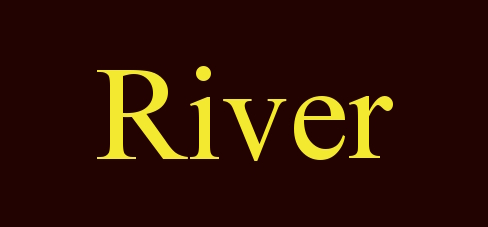sha·man
ˈSHämən,ˈSHāmən
noun
a person regarded as having access to, and influence in, the world of good and evil spirits, especially among some peoples of northern Asia and North America. Typically such people enter a trance state during a ritual, and practice divination and healing.
synonyms: medicine man/woman, healer, kahuna
Shamanism Wikipedia
River remarks:
My interest in the history of Shamanism and how it relates to seeing, and art as well as modern psychic healing has led me to a wealth of insights into how we perceive the world and ourselves. As a basic reference the best single author framing this topic was, Shamanism the Beginnings of Art – 1967
by Andreas Lommel (Author).
Several points of clarification:
Ecstatic Trance
Creative Process as Intuitive act
Gestalt Principles
Gestalt psychologists argued that these principles exist because the mind has an innate disposition to perceive patterns in the stimulus based on certain rules. These principles are organized into five categories: Proximity, Similarity, Continuity, Closure, and Connectedness.
Similarity
Proximity
Pragnanz
Continuity
Closure
Connectedness
Reference:
Principles of grouping
Gestalt Principles
Gestalt Principles Video
Perceptual Organization
Ego death as
Creative Process
Voyage
Dream Time Space/Spirit World
Metaphorical Thinking
Sphearical Thinking
Shamanic reference for the modern artist.
"There are more things in heaven and earth, Horatio, Than are dreamt of in your philosophy." - Shakespeare
|
© 1987 - 2025 Glen River Publications, all rights reserved
|

